
How to cook field crab soup to have the crab meat floating in blocks, sweet and fragrant

Secrets to Making Perfect Vietnamese Crab Soup
Field crabs often live in rice paddies, rivers, or small canals, so they can carry many harmful bacteria. Adding a pinch of salt while pounding the crabs not only enhances the flavor but also helps eliminate bacteria, ensuring the soup remains fresh and safe to eat — especially during hot summer days.
If you’ve ever cooked crab soup and found the delicious orange crab roe sinking to the bottom of the pot instead of floating beautifully on top, then this article is for you. Cooking Vietnamese crab soup may seem simple, but the real secret lies in a few small yet essential details. Below are three key tips that make all the difference between an average bowl and a perfect one.
1. Choose Fresh and Healthy Field Crabs
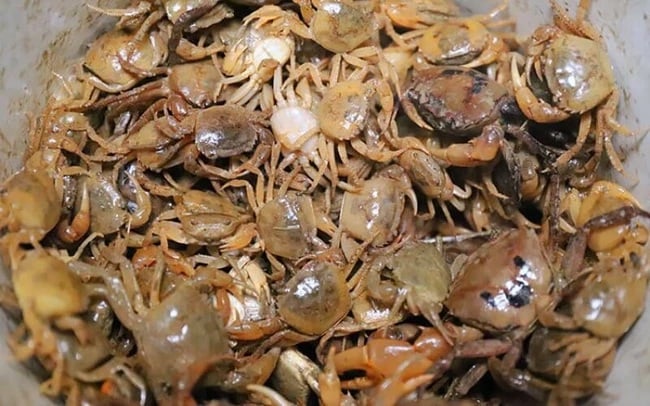
Fresh ingredients are the foundation of any delicious dish, and crab soup is no exception. To make a pot of soup with rich, firm crab paste that floats into beautiful clusters, you must start with freshwater field crabs.
When choosing crabs, pick those with all eight legs and two claws, and make sure the claws are pointing upward — a sign of liveliness. Gently press the soft part under the crab’s belly, known as the “apron.” If it feels firm and doesn’t sink in, the crab is full of meat. On the other hand, avoid crabs with soft or sunken aprons — these are usually light, hollow, and lacking meat.
For the best flavor, buy crabs in the early morning when they’re still active and fresh from the field. Avoid crabs that have been soaked in water for too long, as they tend to lose sweetness and firmness.
2. Clean and Prepare the Crabs Properly
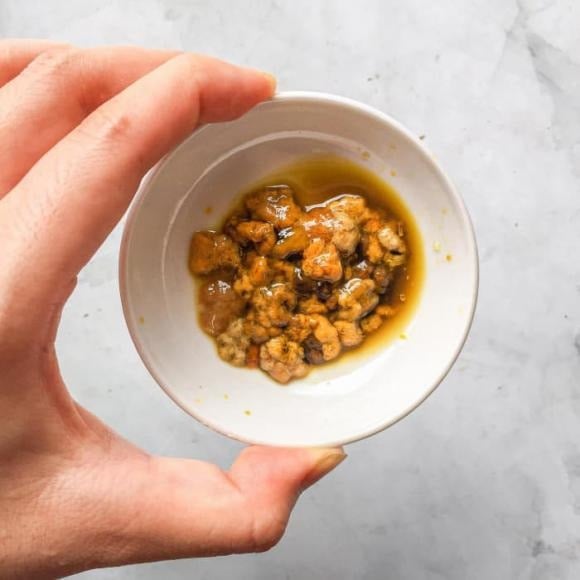
Cleaning crabs thoroughly is crucial to avoid grit and mud in your soup. First, soak the crabs in clean water for about 30 minutes to help them release dirt. Then fill the bowl with water, cover it with a large basket or sieve, and shake it vigorously several times. Repeat this 3–4 times, changing the water each time, until the water runs clear.
Next, separate the crab shells and gently scoop out the orange fat (crab roe). Set it aside — this will give your soup a beautiful golden color. Remove the crab aprons and place the crab bodies in a blender or mortar to grind finely.
After grinding, mix the crab paste with 700–800 ml of water and stir well. Strain the mixture through a fine mesh sieve to remove any leftover shell pieces. The resulting crab water should be smooth and milky — the base for your perfect soup.
Pro tip: Add a pinch of salt or a few drops of lime juice to the crab water before cooking to enhance clarity and reduce any fishy smell.
3. Don’t Stir Too Much While Cooking
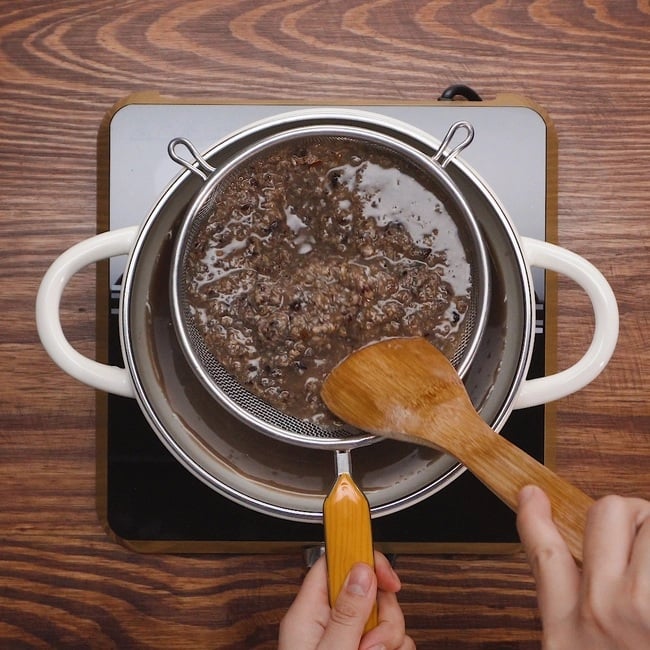
Pour the strained crab water into a pot and bring it to a gentle simmer over low heat. Do not stir once the water starts heating up. As the temperature rises, the crab protein naturally clumps together and floats to the surface, forming beautiful chunks of crab paste.
When you see the crab mixture begin to rise, tilt the pot slightly to help the paste stick together. Let it cook for about three more minutes, then carefully add your vegetables and the crab fat (roe) that you set aside earlier. Use a ladle to gently press the greens below the surface — stirring too hard will break the crab clusters apart.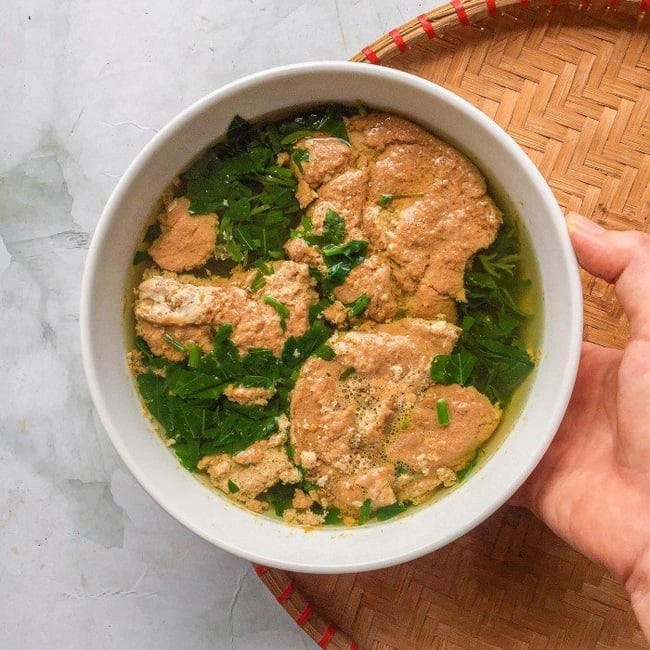
Before turning off the heat, season with a little salt and fish sauce to taste. Avoid over-seasoning; the natural sweetness of fresh crab is the soul of this dish.
4. Choose the Right Vegetables
Depending on your region and taste preferences, crab soup can be paired with various vegetables. The most traditional version combines Malabar spinach, luffa (angled gourd), and jute leaves, creating a light, fragrant, and slightly viscous broth — perfect for hot weather.
In the countryside, people also love versions cooked with water spinach, taro stems, or “tập tàng” (mixed garden greens). Some even add tomatoes and fried tofu for a heartier “crab and tomato soup” known as canh riêu cua, which pairs wonderfully with rice or vermicelli noodles.
5. Serving Suggestions
For the best experience, serve the soup hot with a bowl of steamed rice and a small dish of chili fish sauce. A few slices of pickled eggplant or green chili will add a delightful contrast of flavors.
This dish captures the essence of Vietnamese countryside cooking — simple, rustic, yet deeply comforting. Once you master these small but essential tips, you’ll find that cooking crab soup isn’t difficult at all — it’s a gentle art that rewards patience and care.
News in the same category


Put this bunch of leaves in the toilet: No bad smell all week, repels mosquitoes and ants.

Great tip to help clams release sand in a snap: No need to soak for long, still clean

The air conditioner's condenser makes a loud noise like grinding rice. Don't call a repairman and waste money. If you can make the machine run smoothly, it won't cost you money.
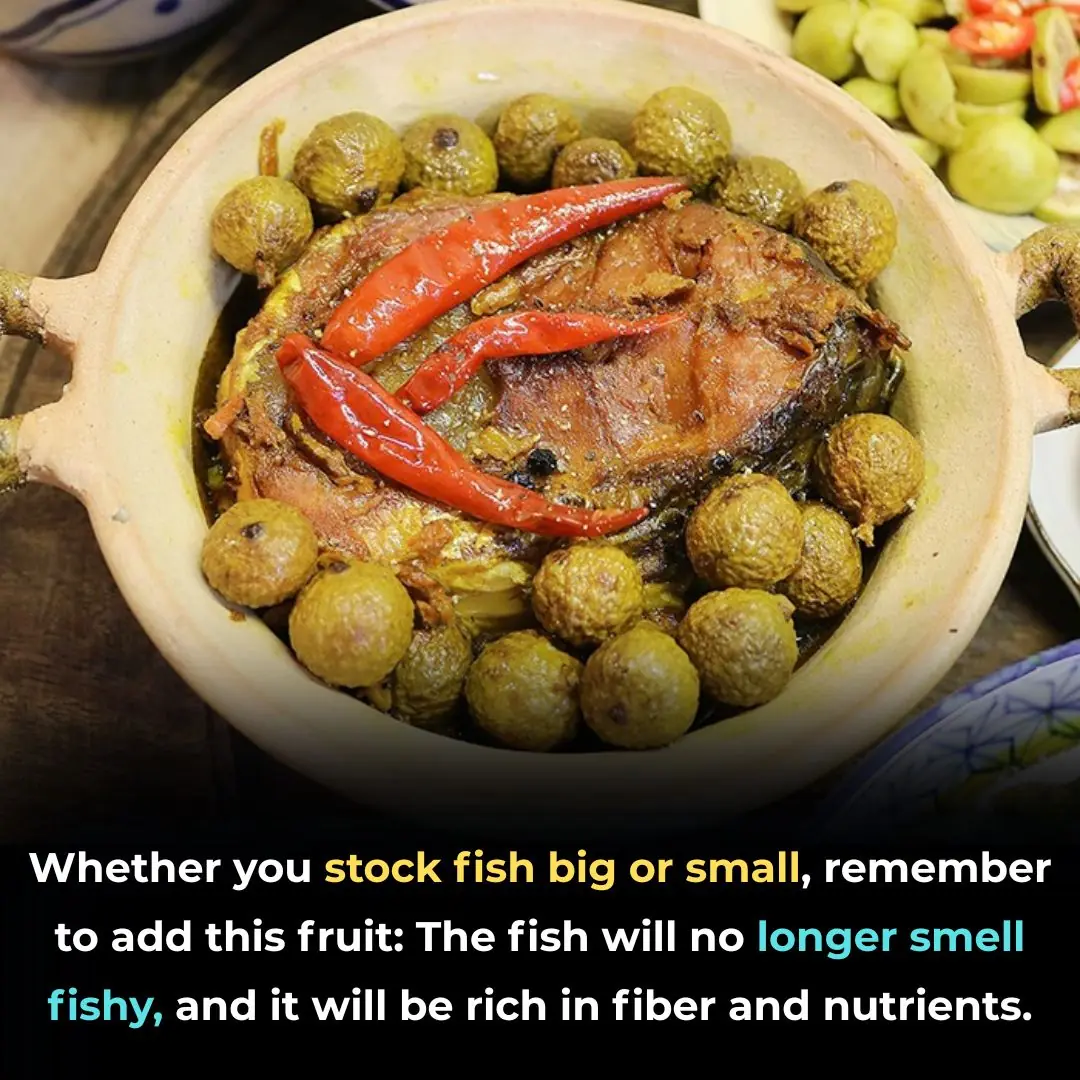
Whether you stock fish big or small, remember to add this fruit: The fish will no longer smell fishy, and it will be rich in fiber and nutrients.

Air conditioner leaks water, don't rush to call poetry to waste money. Just do it this way.
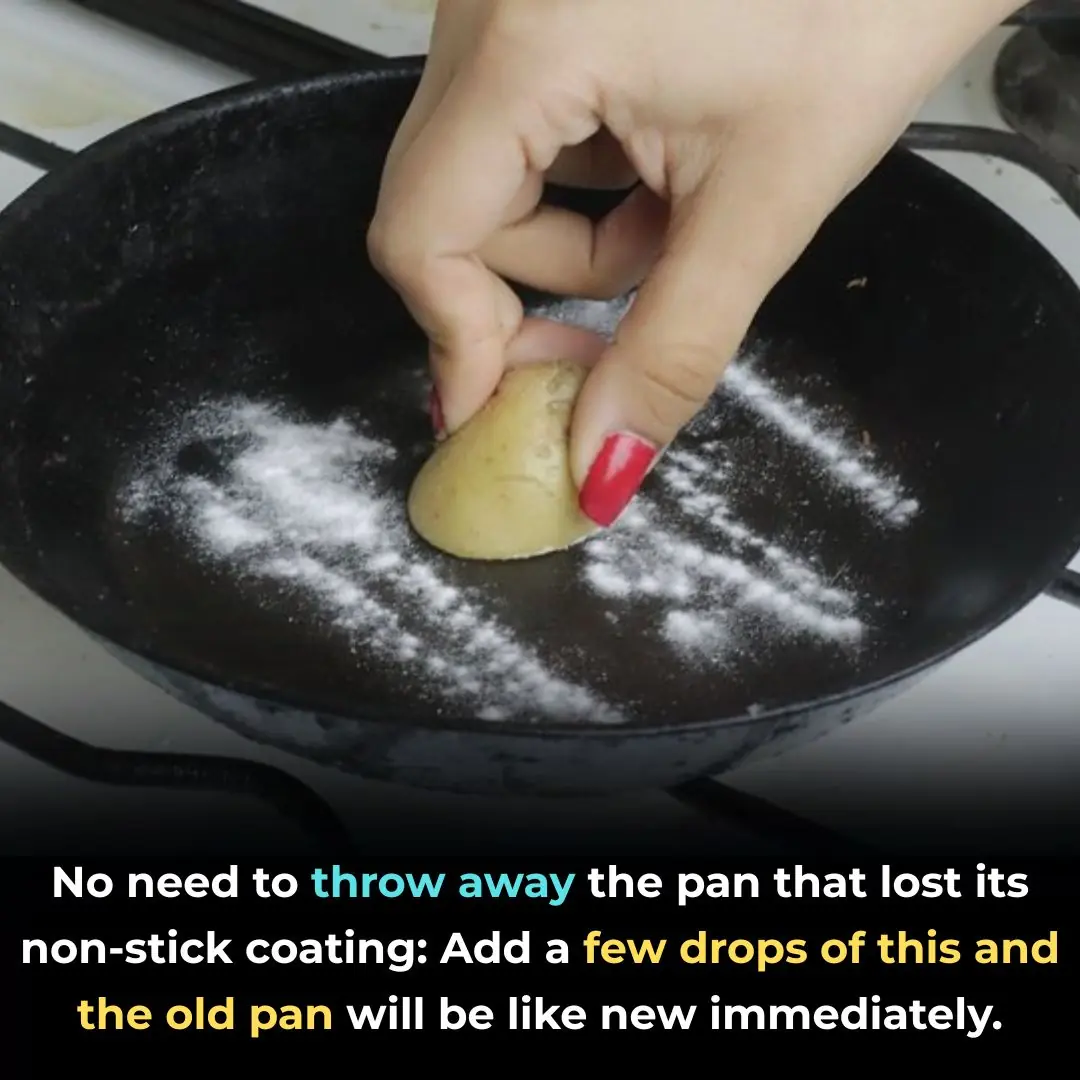
No need to throw away the pan that lost its non-stick coating: Add a few drops of this and the old pan will be like new immediately.

4 Dangerous Mistakes When Using an Air Fryer That Can Lead to Poisoning, Cancer, and Even Fires

The Secret of Our Hand to Show RICH or POOR…

Bananas that are ripe and turn black are thought to be thrown away, but unexpectedly are a nutritional "treasure" that few people know about

Great tips for the bathroom: Disposable masks can 'eliminate' bad odors, making the space surprisingly clean and fragrant

Save this for when you need it: How to cure 46 diseases with medicine-free tips

Why do gourmets always choose places with lots of leftover tissues when eating out?
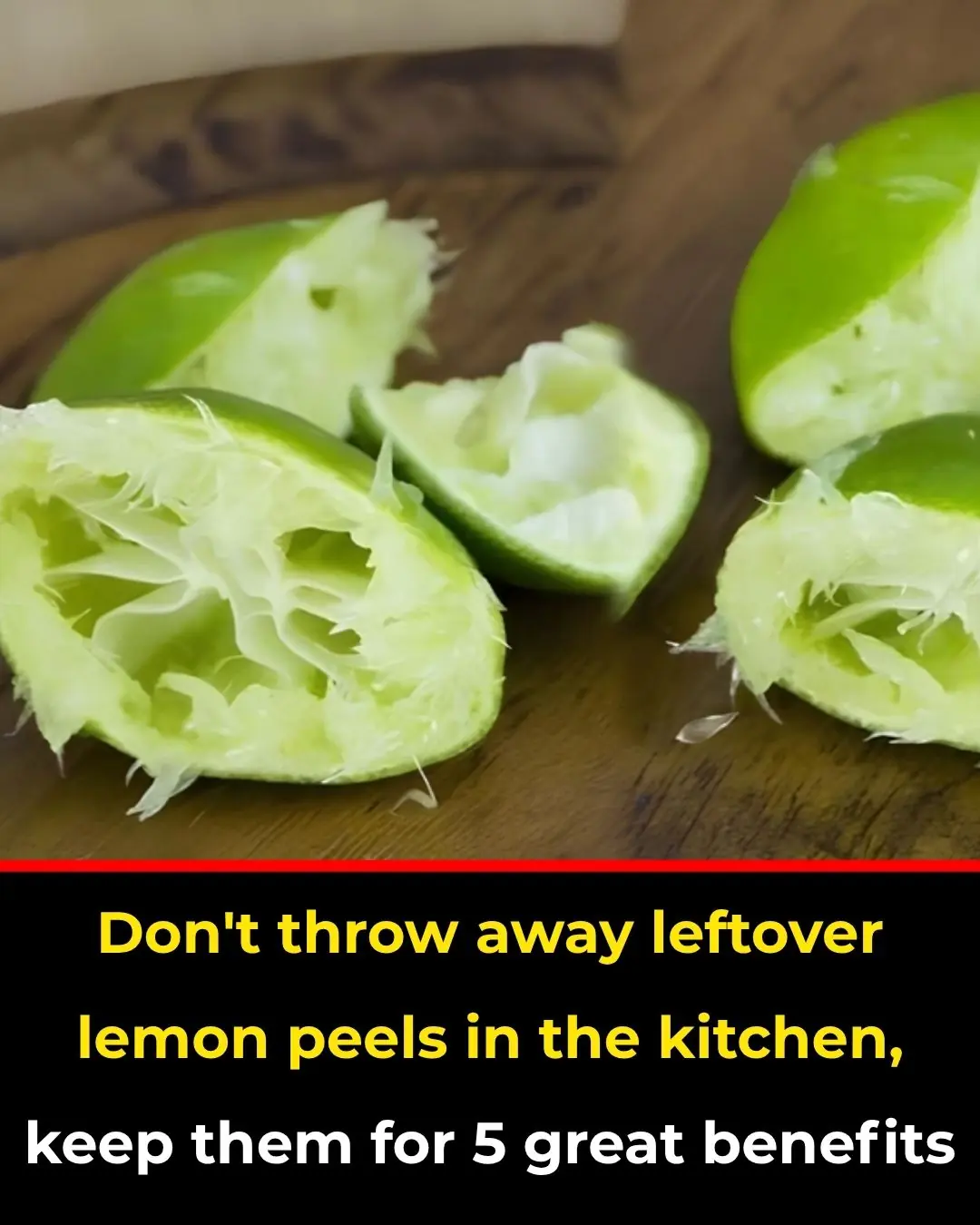
Don't throw away leftover lemon peels in the kitchen, keep them for 5 great benefits
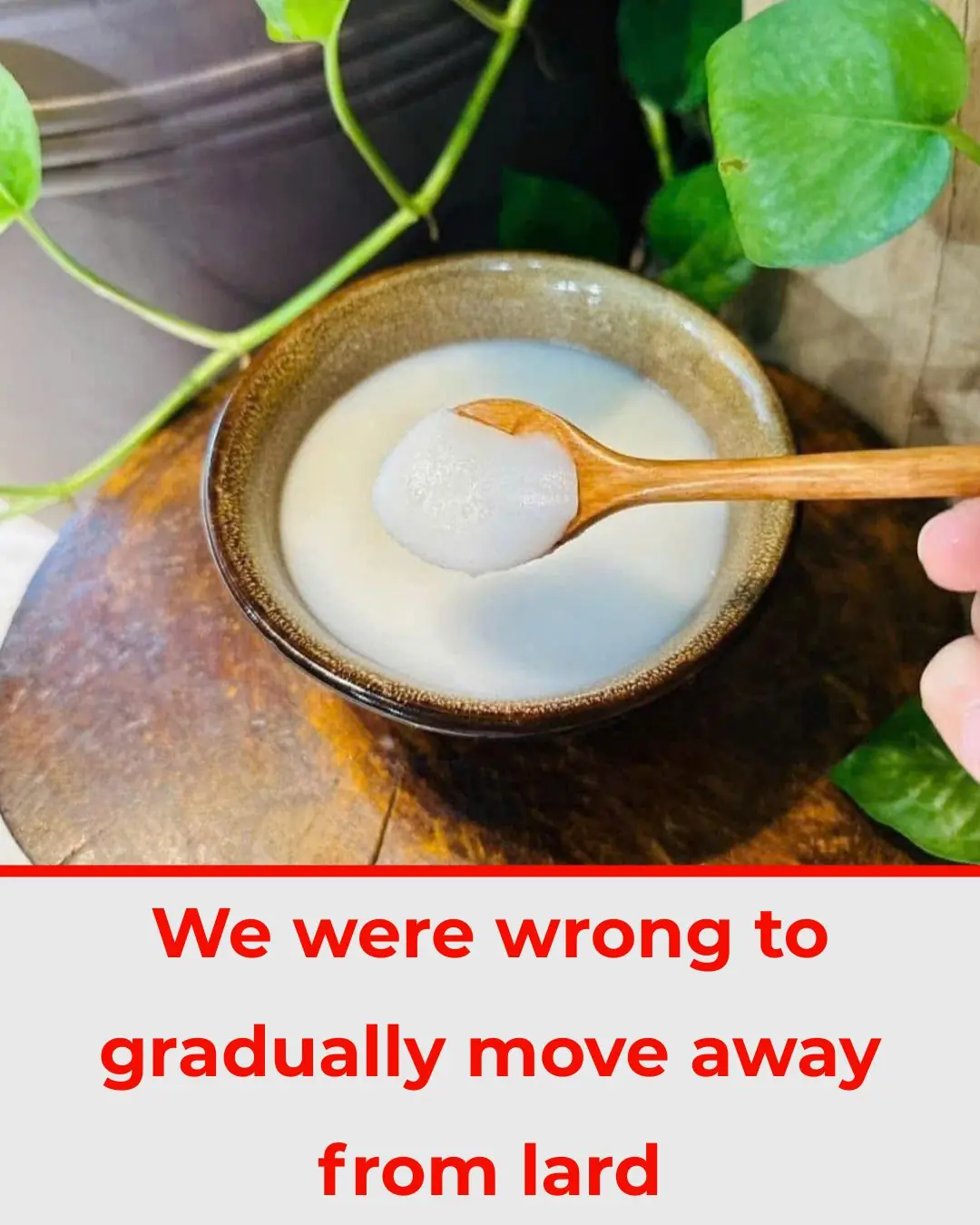
We were wrong to gradually move away from lard

Insert a cotton swab into a bottle of essential oil and place it anywhere for good results.

Moldy wooden cutting boards, can only be thrown away after washing with soap: Pour this on for 5 minutes and the cutting board will be as clean as new.
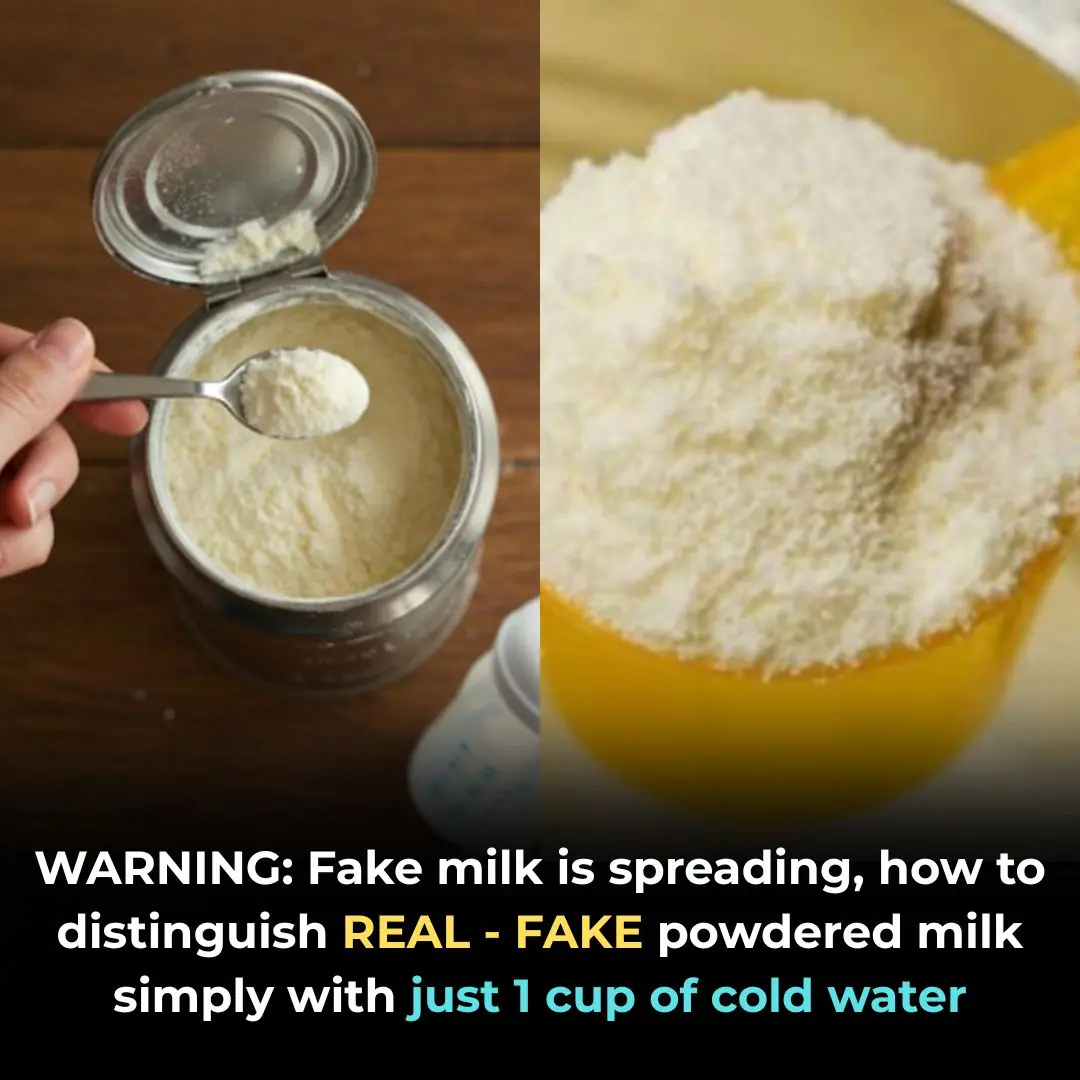
WARNING: Fake milk is spreading, how to distinguish REAL - FAKE powdered milk simply with just 1 cup of cold water
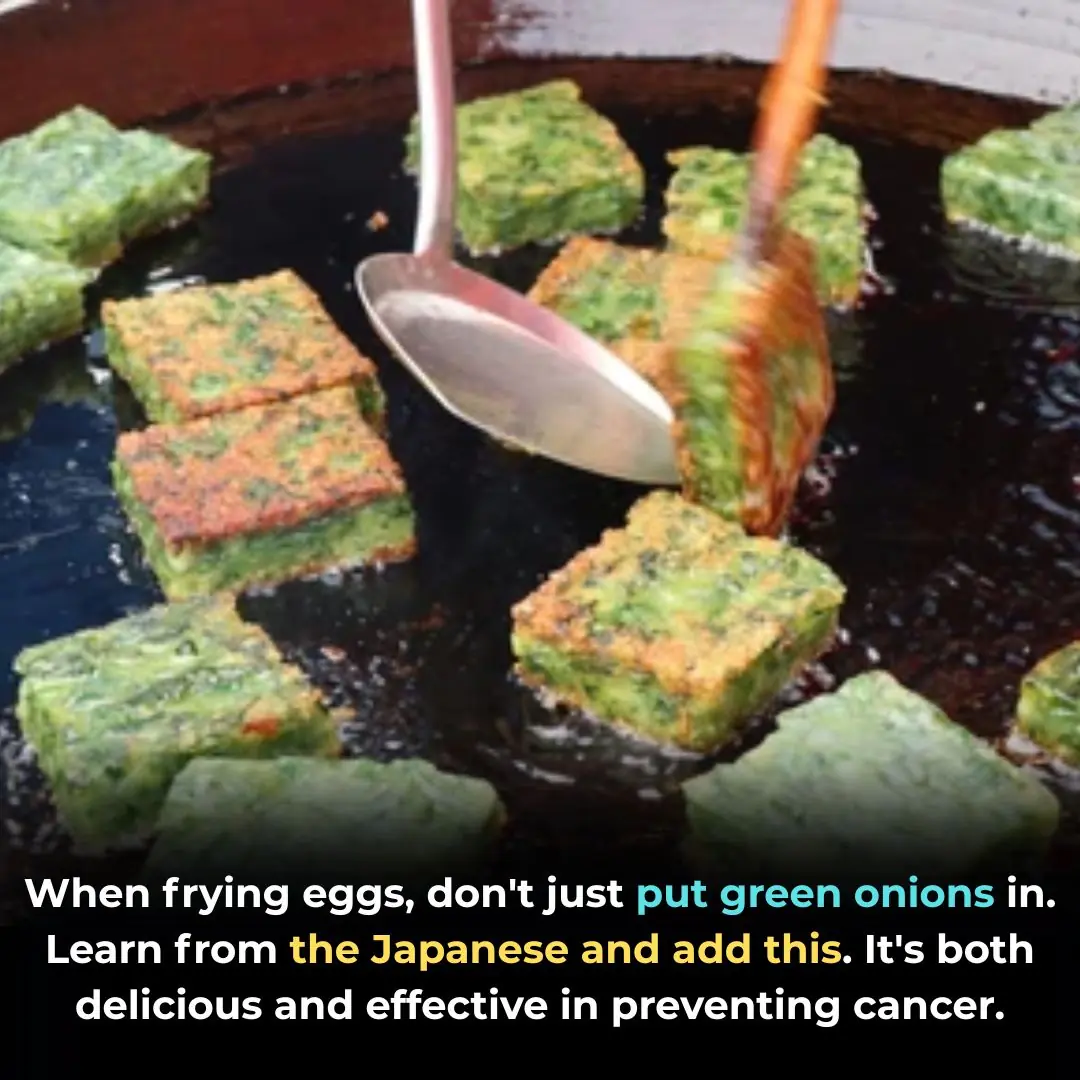
When frying eggs, don't just put green onions in. Learn from the Japanese and add this. It's both delicious and effective in preventing cancer.
News Post

‘Start Talking Like This, They Lost Their Hunger ‘: Bills Fans Panic. Slumping Josh Allen Says Wife Hailee Steinfeld Taught Him He’s More Than A NFL Player

Husband Sings Passionate Rendition of Al Green’s Let’s Stay Together for Wife’s Birthday
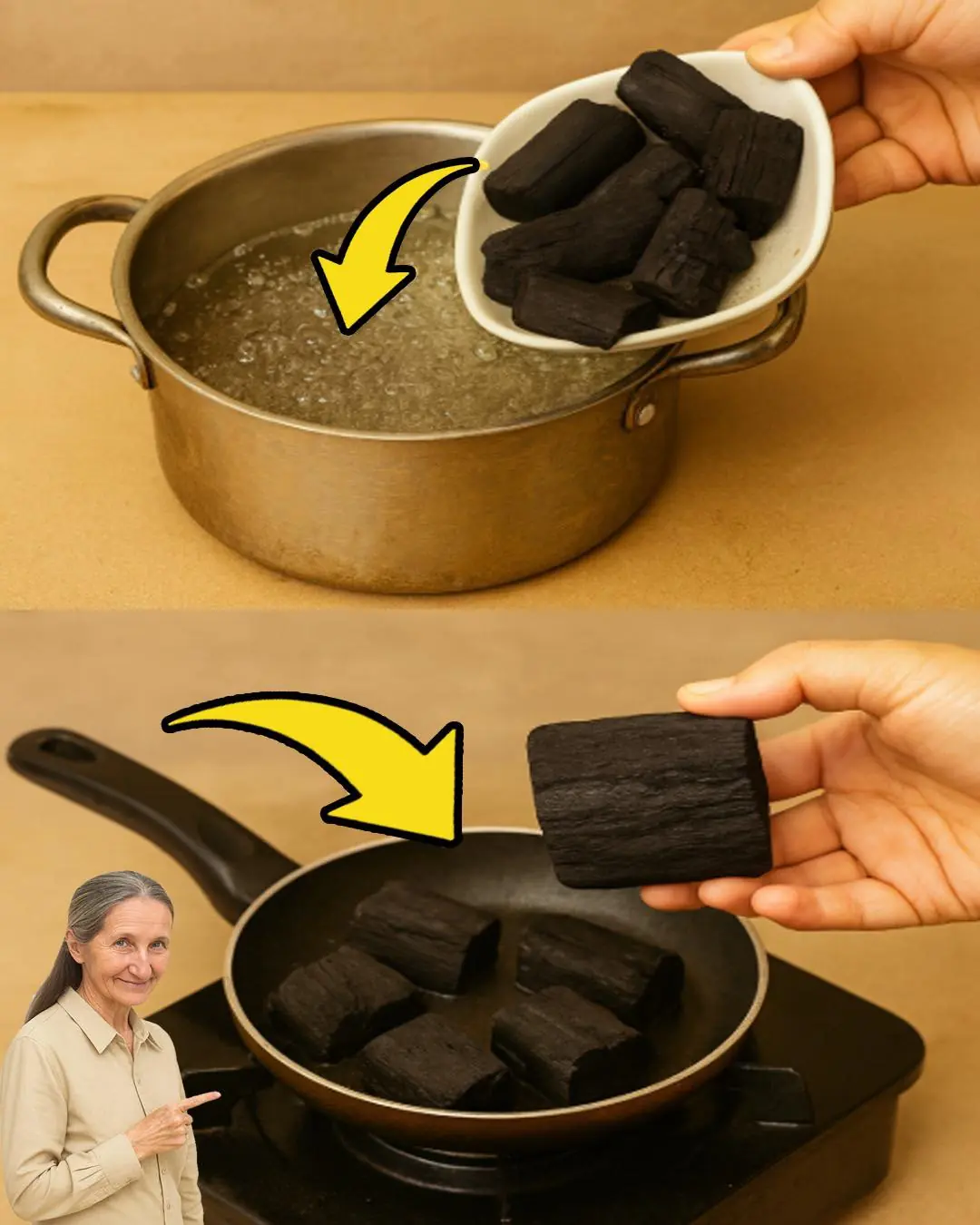
DIY Survival Water Filter – How to Make Clean Drinking Water Anywhere
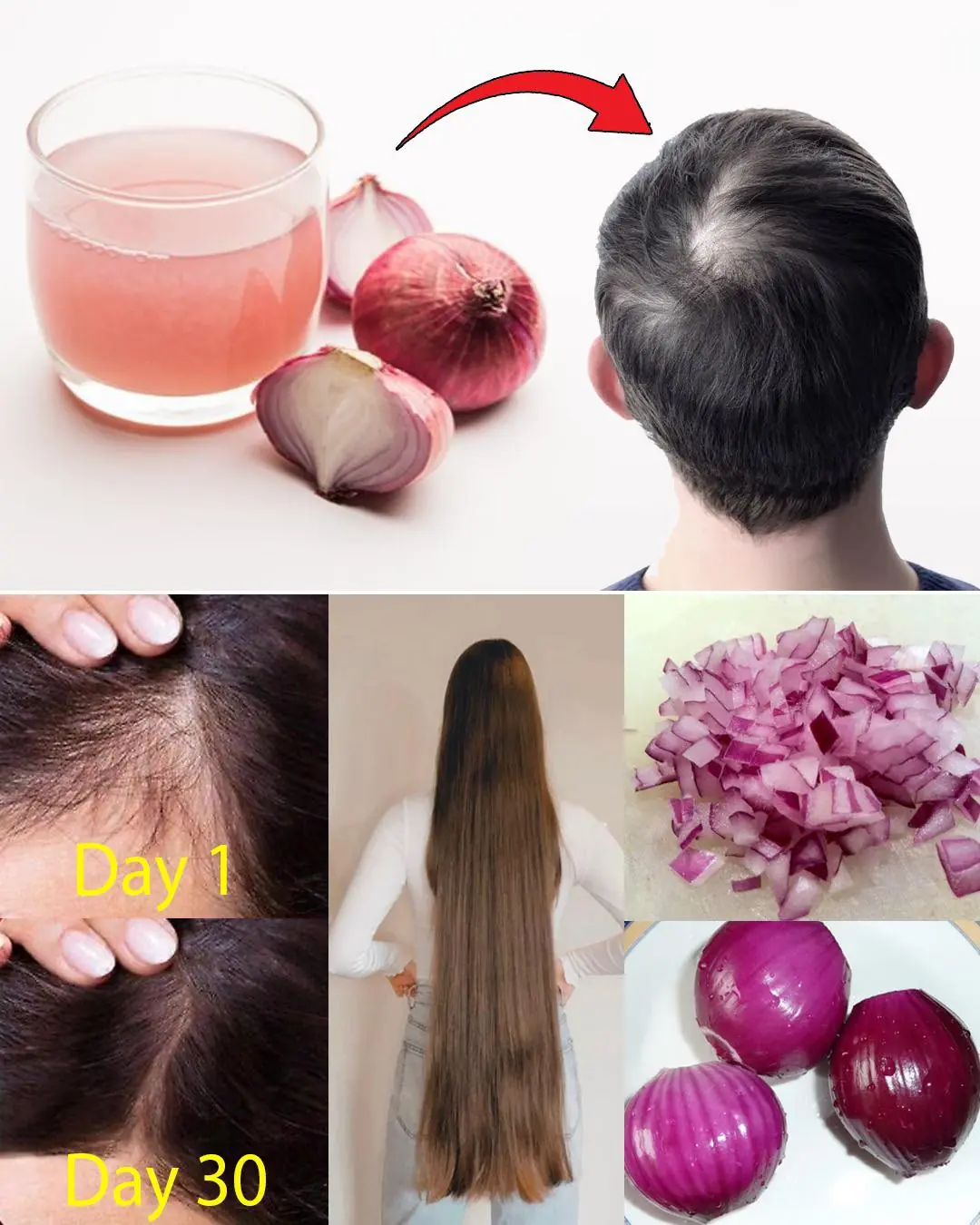
Red Onion for Hair Growth: How This Overlooked Natural Remedy Can Stop Hair Fall and Boost Thickness Fast
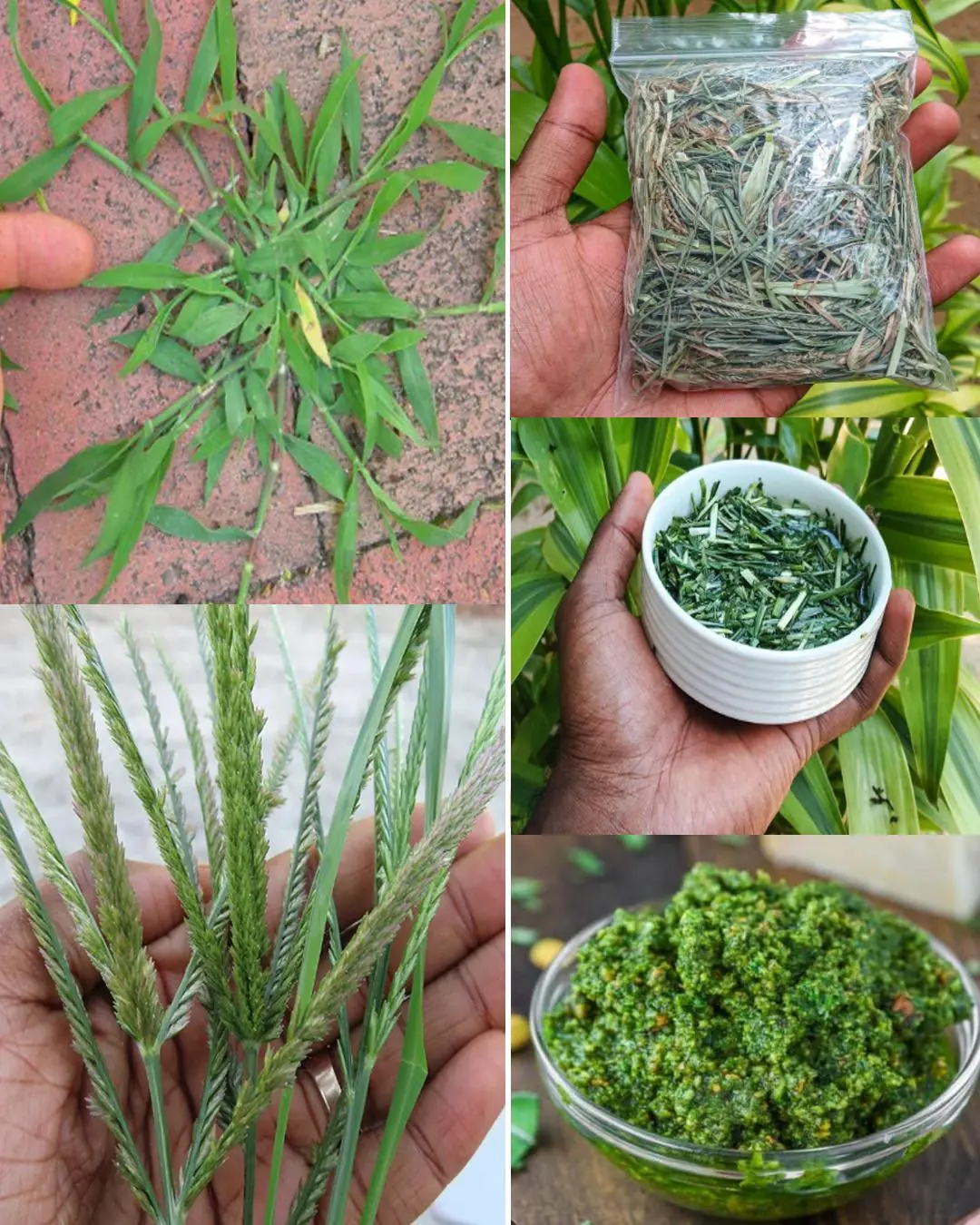
7 Key things about Crabgrass

The Gentle Lion Who Just Wanted a Hug.

The Night Japanese Fans Taught the World a Lesson in Respect.
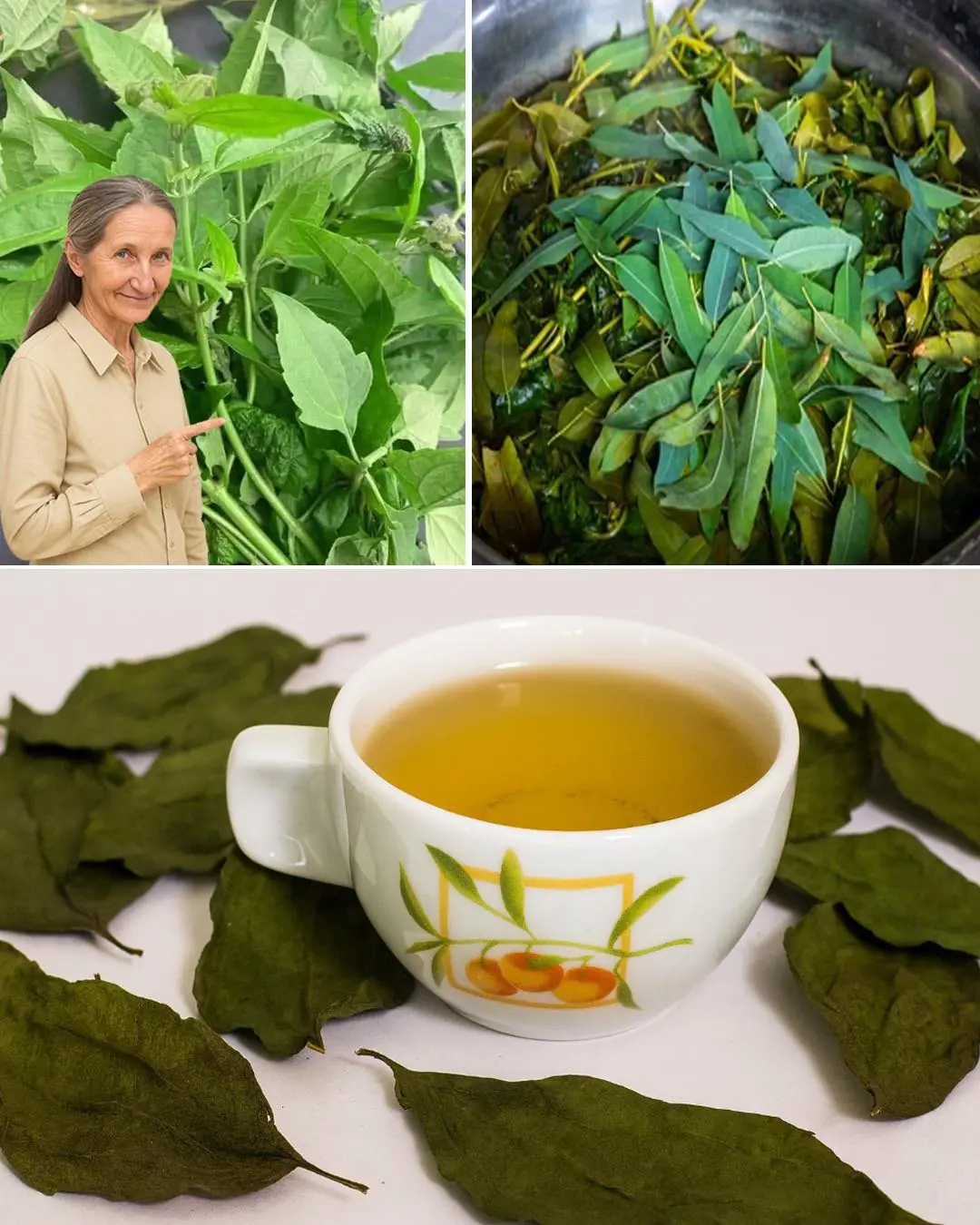
Siam Weed: A powerful remedy for multiple ailments

New Research Finds a Way to Treat Late-Stage Cancer—Bringing Hope to Millions

Strokes and heart attacks don’t give warnings. But this could help you fight back—before it’s too late

From Milk Bottles to Mud Baths: The Remarkable Journey of Raising a Baby Elephant.

The Mail Carrier Who Delivered a Second Chance.

A Small Act of Kindness That Touched Everyone’s Heart.

A Love That Refuses to Give Up.

A $5 Lesson in Kindness That Changed a Father’s Heart.

A Moment Between Life and Instinct: The Cheetah and the Newborn Gazelle.

Do Elephants Have Personalities? A Student’s Heartfelt Study Reveals the Souls Behind the Giants.

A Child’s Cry, An Officer’s Instinct.

The Biker and the Cop: A Reunion After 31 Years.
